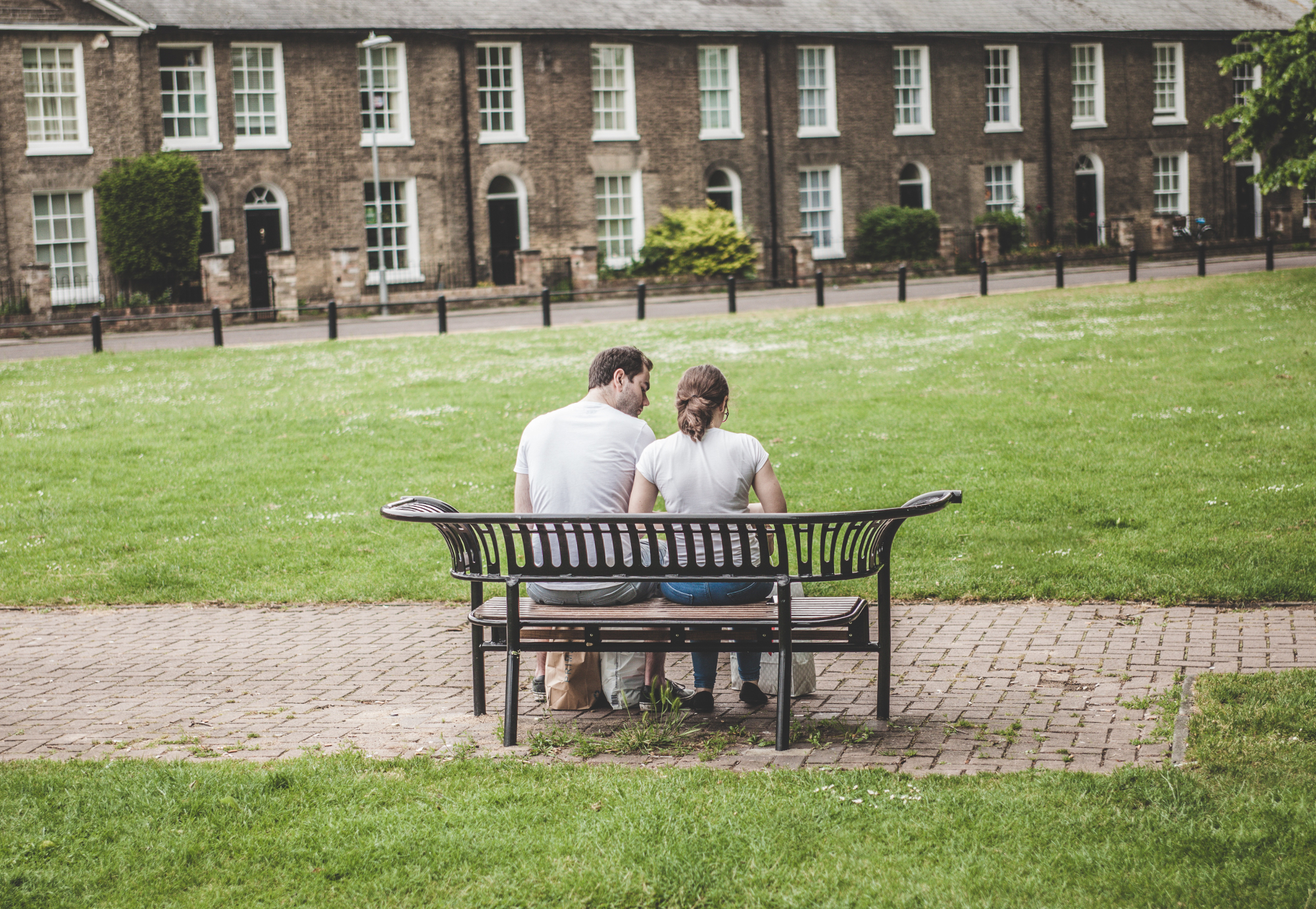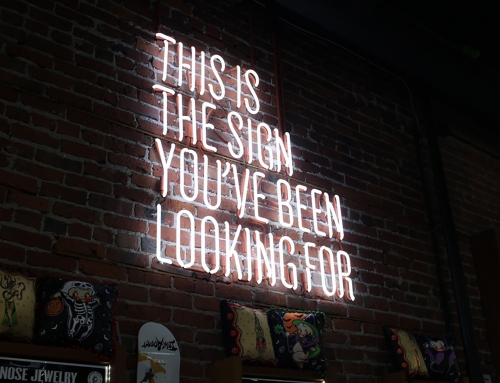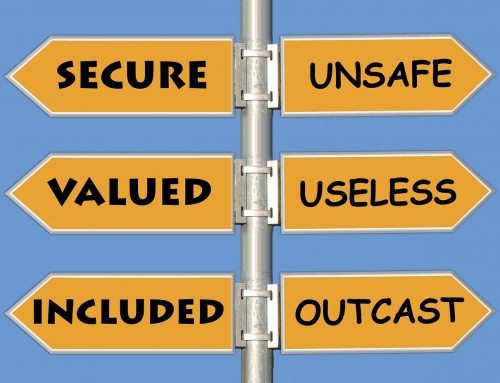Every Feeling Has a Story
What do you do when you feel BAD? How do you deal with your feelings? Are you good at dealing with what you feel? What do you say when your partner, children, friends, family member or colleague share their problems? Do you try and fix their problems?

I have found that whenever someone shares what he or she feels that their feelings have a story behind them. The story isn’t random; it is usually is based on an event they have experienced. As a result their feeling wasn’t based on chance either. The feeling had a purpose. And when we explored the feeling, it had a beginning, a middle, and an end (however long it might have taken to complete). When the feeling started; what experiences made the feeling grow; and what happened to make the feeling go away. The story and the feeling matched each other. In fact the feeling told you the story.
It’s too easy to ignore bad feelings, and it’s not actually productive, because they only come back. To release your bad feelings you need to go back to the start of your story.

The Beginning
The beginning of a feeling is commonly known as the Trigger. Something, somebody or an event initiated your feelings. So what happened? Work out when your story really started. Did your feeling just begin or has it festered from past events or pressure that you put upon yourself?
The Middle
This is where the guts of your story reside. What part of your story are you stuck on? In the middle of the story is your problem, and the story moves to the end when you solve your problem. It is the same with your feelings. Your feeling has told you what you can or can’t do. If you had a positive feeling it means you can handle your situation. However a negative feeling will run deep when you can’t control or solve the situation. So at the guts of your negative feeling is the thought ‘I don’t know what to do.’

The End
The end of your story comes when you solve your problem. The way to do this is to realise at the heart of the problem is what you feel about it. And the key to feelings is to realise that they are like a lock and key. The problem and the solution are combined. If the feeling makes you feel bad, it also tells you what to do. What does your anger want you to do? Speak up, walk away or draw some boundaries. Pay attention to what your feelings want from you. If you listen and then act, it’s more than likely that this is the end of your story. Problem solved harmony is restored.

Feelings are often treated badly, overridden, told to go away and behave, but in reality they keep you safe. It pays to listen to them. Go back to the start of your feelings, work through the story that they tell and see your feelings disappear.
Lucille Henry PhD.








Recent Comments